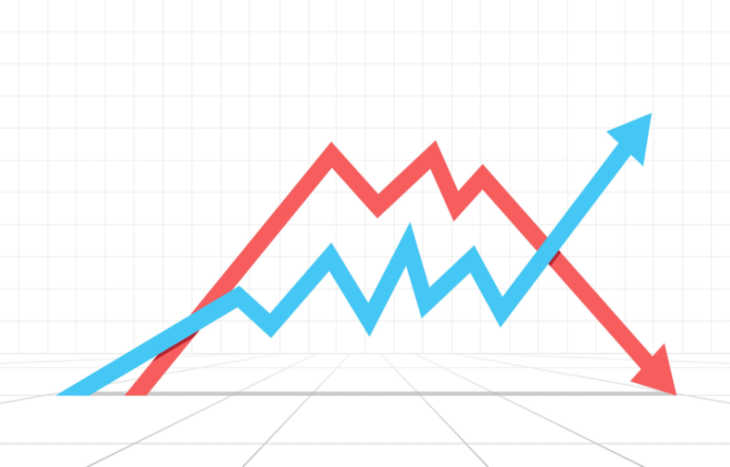How Does A Stock Forecast Help Investors?
A stock forecast can tell you a lot about a publicly-traded company. In fact, forecasting has become somewhat of an art for Wall Street analysts and experts. And there’s many different ways to go about it. Let’s take a closer look at the various models and patterns that traders dive into when determining a stock’s future potential.

What is a Stock Forecast?
Specifically, a stock forecast is a prediction of the future stock price of a publicly-traded company over a certain amount of time. Most forecast models work within a 12-18 month period. However, you can find some models that are shorter and others that span upwards of 10 years.
Furthermore, it’s easier to forecast companies that have been listed on the stock market for longer periods of time. This is because there is more stock data to interpret. The data itself is what helps analysts make these predictions. And the more chart data you have, the easier it is to forecast future movement.
So, what data is used to make a stock forecast? Every analyst is different. But in general, forecasting is done by analyzing stock price patterns, trading volume, financial results and newsworthy events. Other factors include the overall market, investor sentiment and historical trends. Even a rumor or two can have an impact on an analyst’s predictions.
You may not believe it, but this is a very important task. In general, stock forecasting can influence and shift investor sentiment. Depending on the analysis, an investor may or may not buy or sell a stock at any given time.
Moreover, the industry is evolving and forecasting has a more systematic approach. There are now algorithms that leverage stock data to recognize patterns. As a result, analysts can use this systematic research to better predict stock price movement.
But while forecasting is becoming more advanced, it’s not an exact science. And analysts with years of experience are wrong all the time. In fact, some reports suggest highly-paid research analysts are wrong more than 80% of the time.
Stock Forecast Example
Let’s take a look at Chevron (NYSE: CVX). It’s 12-month stock forecast gives investors a potential high, low and average. And this is based off specific factors in today’s market, past performance and predictions on how the market will respond going forward.
Right now, oil prices are extremely volatile after surging gas prices in the U.S. However, the Chevron stock forecast must take note of the company’s reach, current financials and diversified portfolio as well. Chevron stock is trading around $160 at the moment. And while gas prices are consistently going down, Chevron’s stock is surging.
Therefore, many analysts believe Chevron is positioned well to outlast this bear market. High price targets over the next 12 months sit around $200. Low targets are at $150, while the median range is pushing $180.
This tells you, as an investor, that the experts are optimistic about this stock right now. There’s no guarantees, and some forecasts may disagree. That is why it’s so important to find an analyst you trust. Monitor the stock over time and determine if the forecast was within reach.
Investing in the Stock Market
Stock forecasting is far more uncertain than predicting the weather. And that’s saying something considering not many people believe anything there local weatherman says.
That may not inspire much hope as an investor. However, these stock forecasts are not to be interpreted as a certainty. They simply give you a marker to make better investment decisions over the long run.
And there are many ways to enhance your portfolio. For starters, consider signing up for an investment newsletter. These daily insights are invaluable and the experts do much of the research for you. It will save you countless hours in analyzing chart patterns and price movement.
It’s true that a stock forecast can be a great guide for investors. Nonetheless, your human experience as a trader is the most valuable asset you have.





